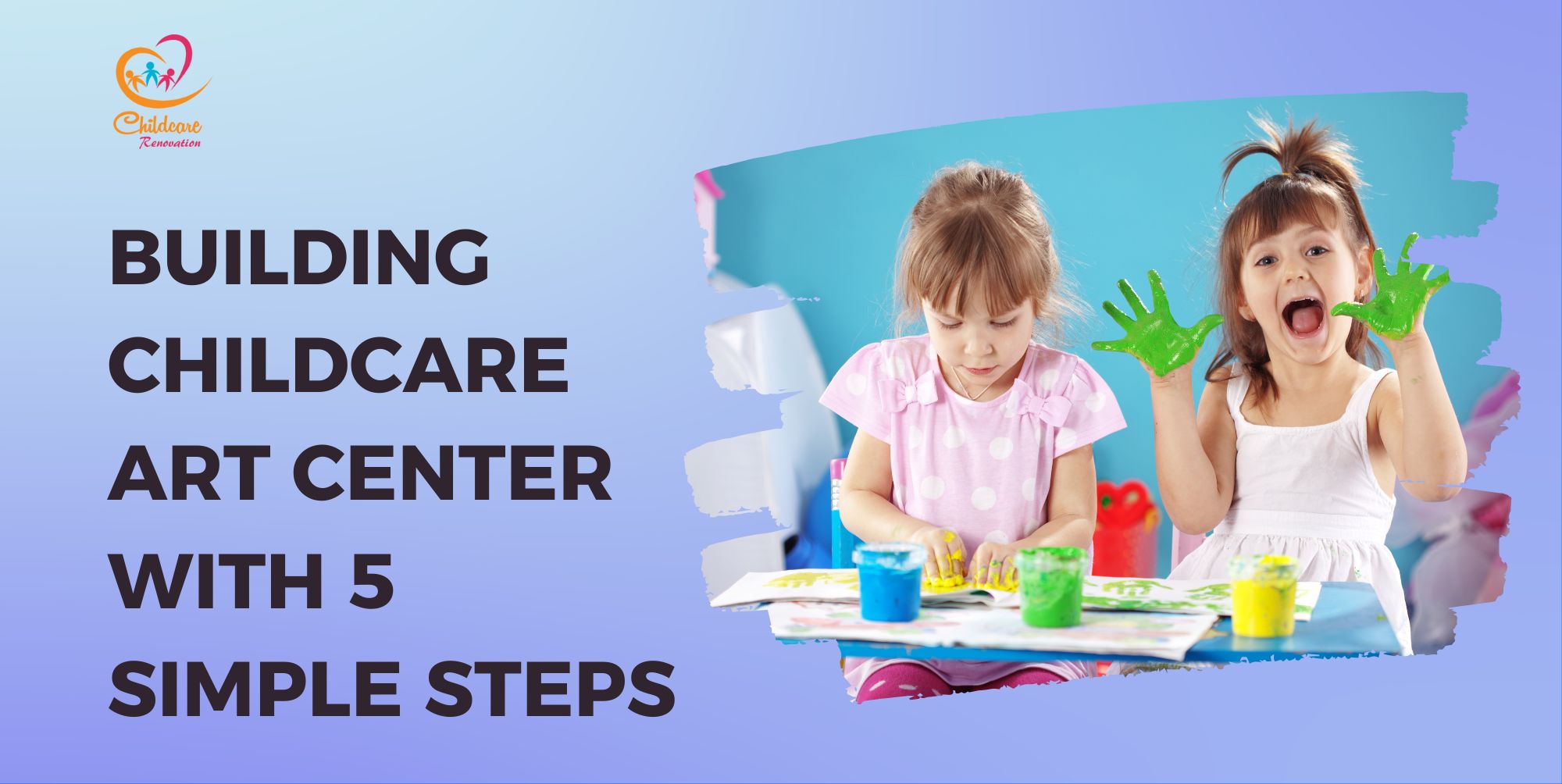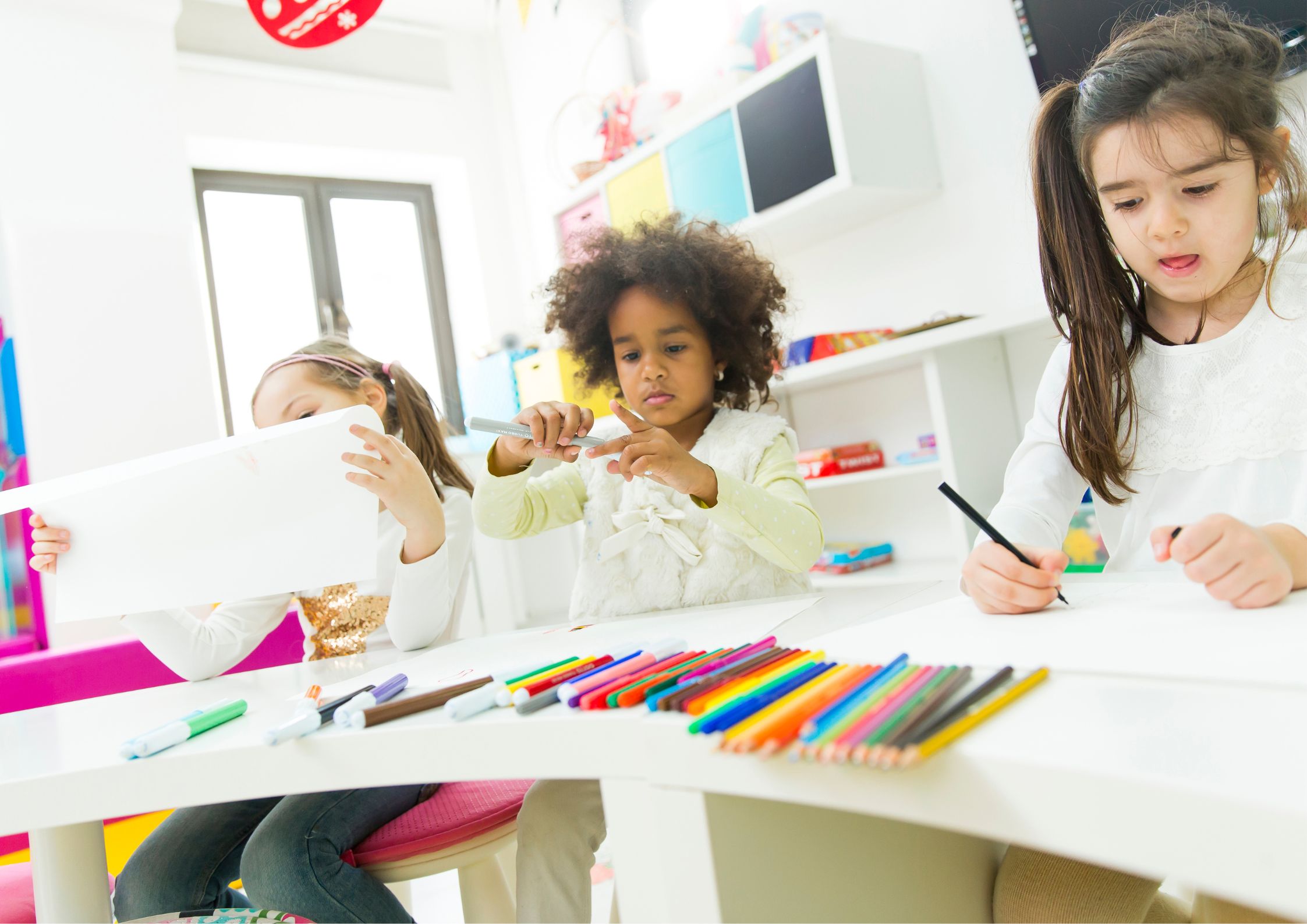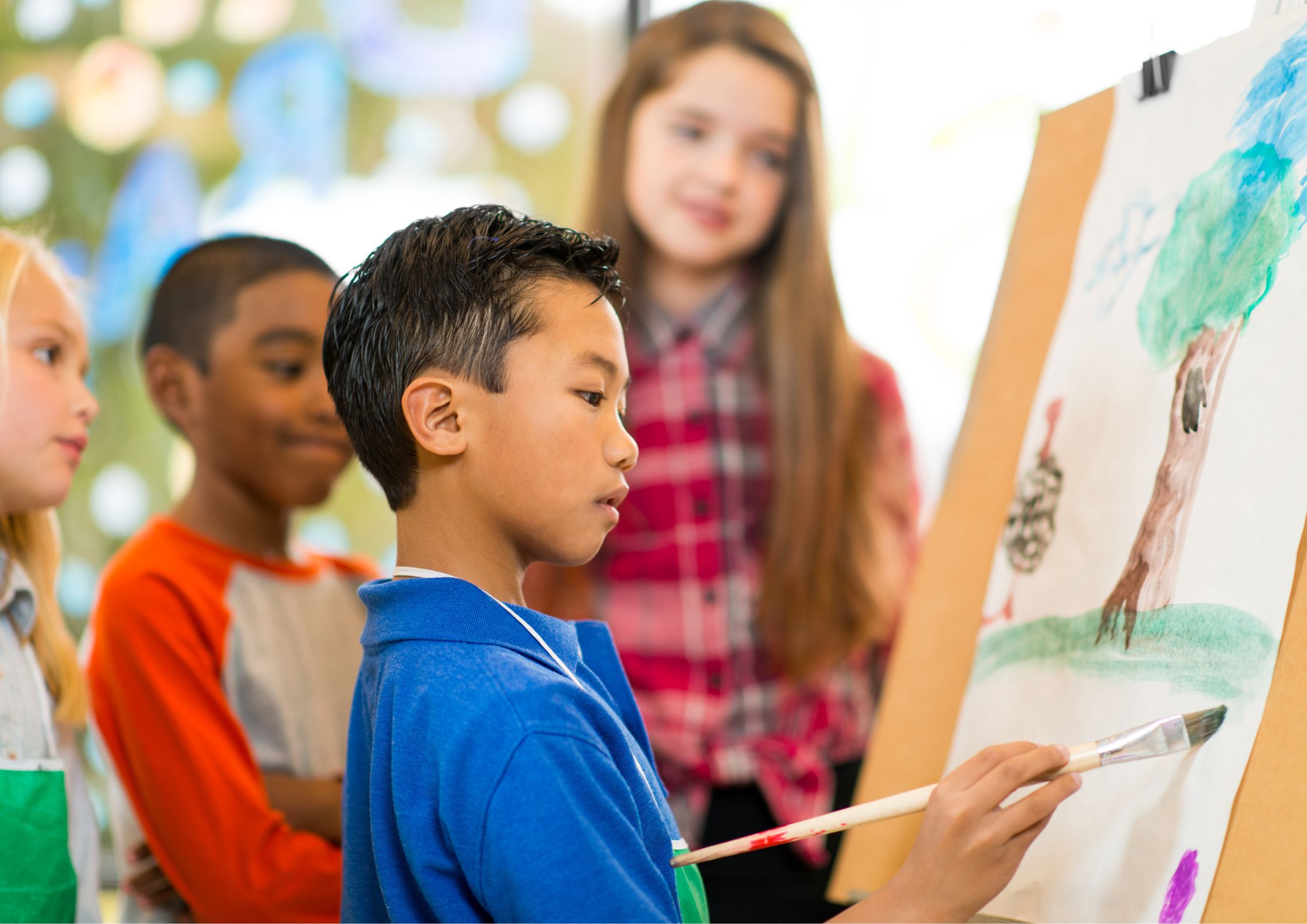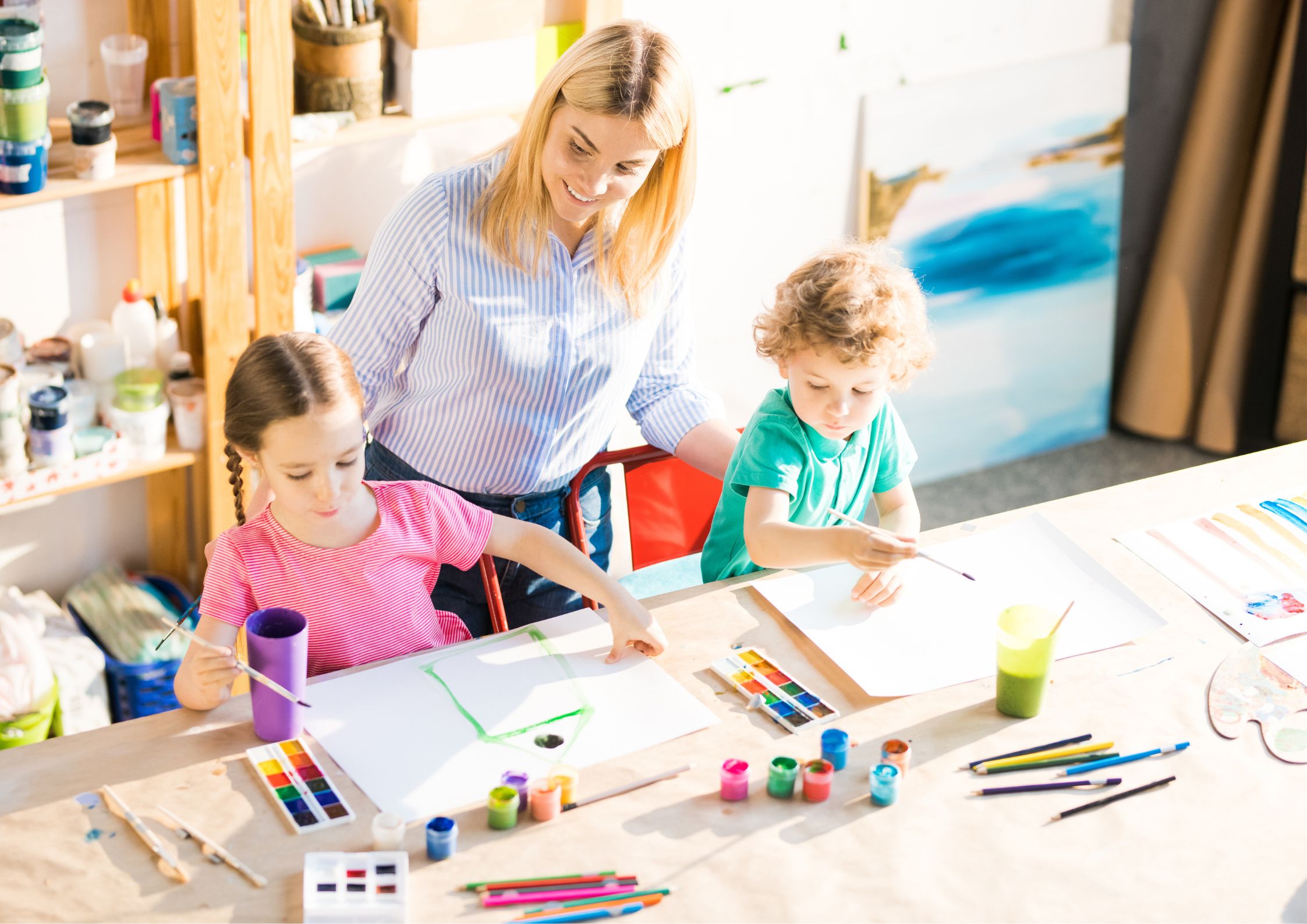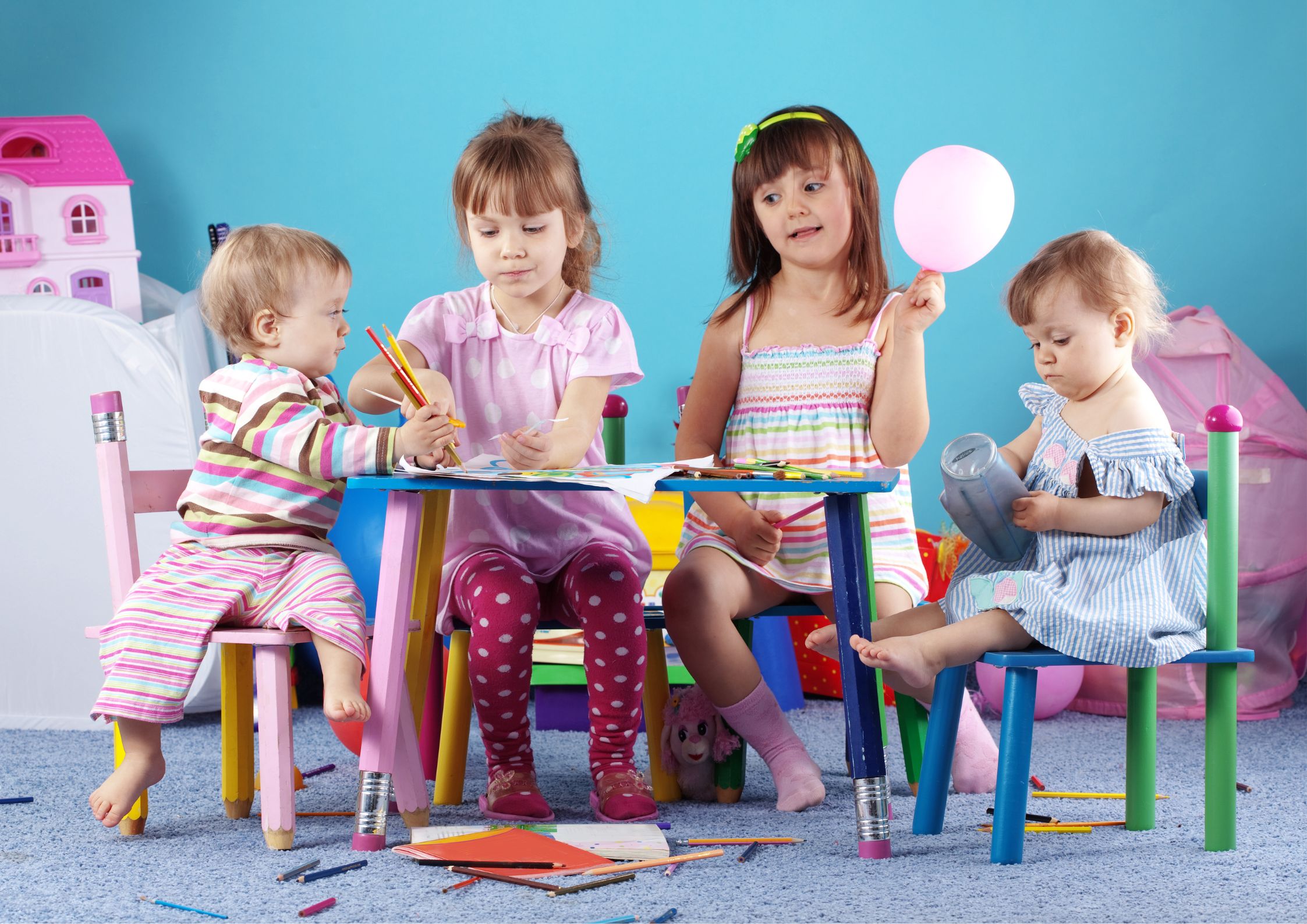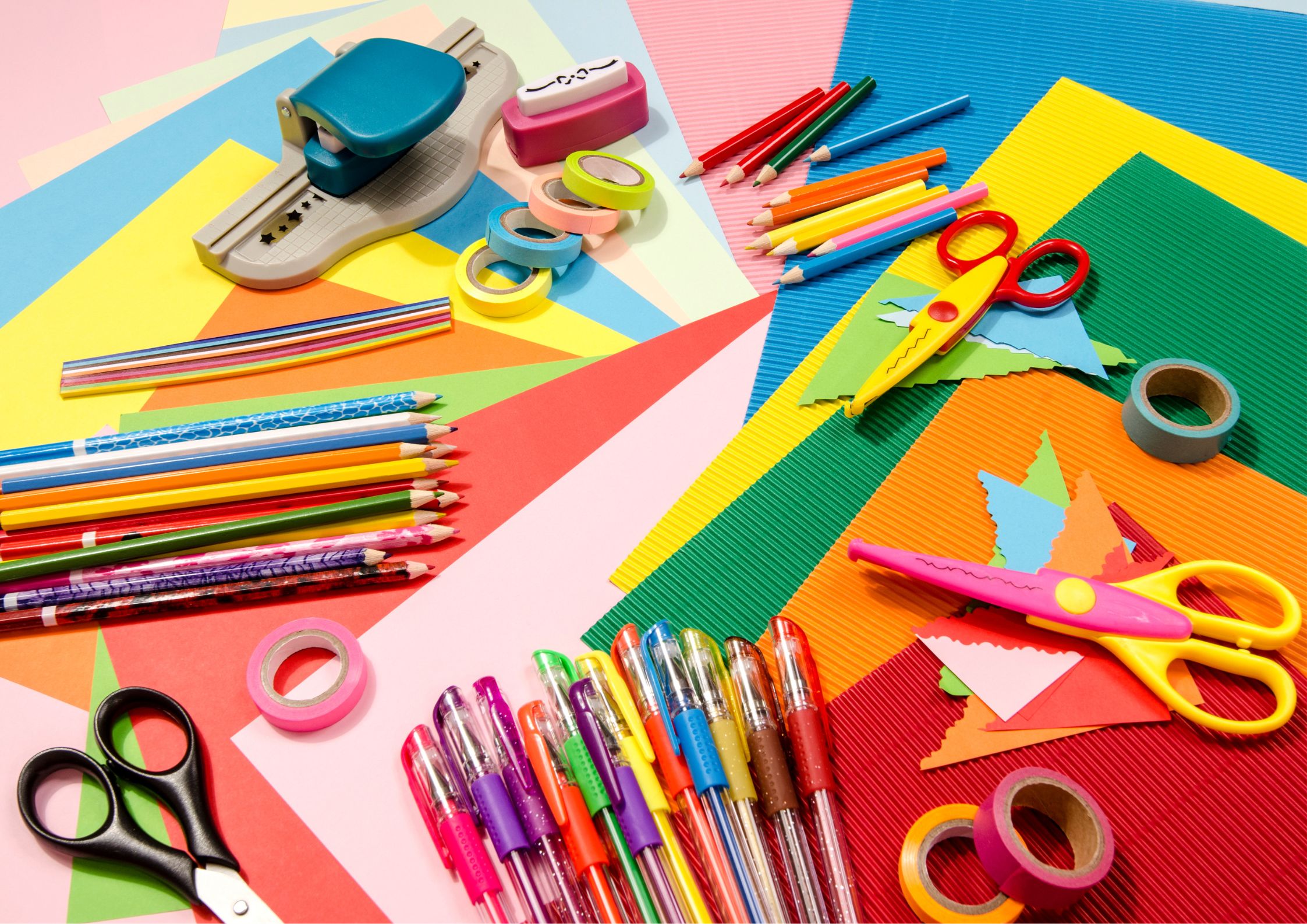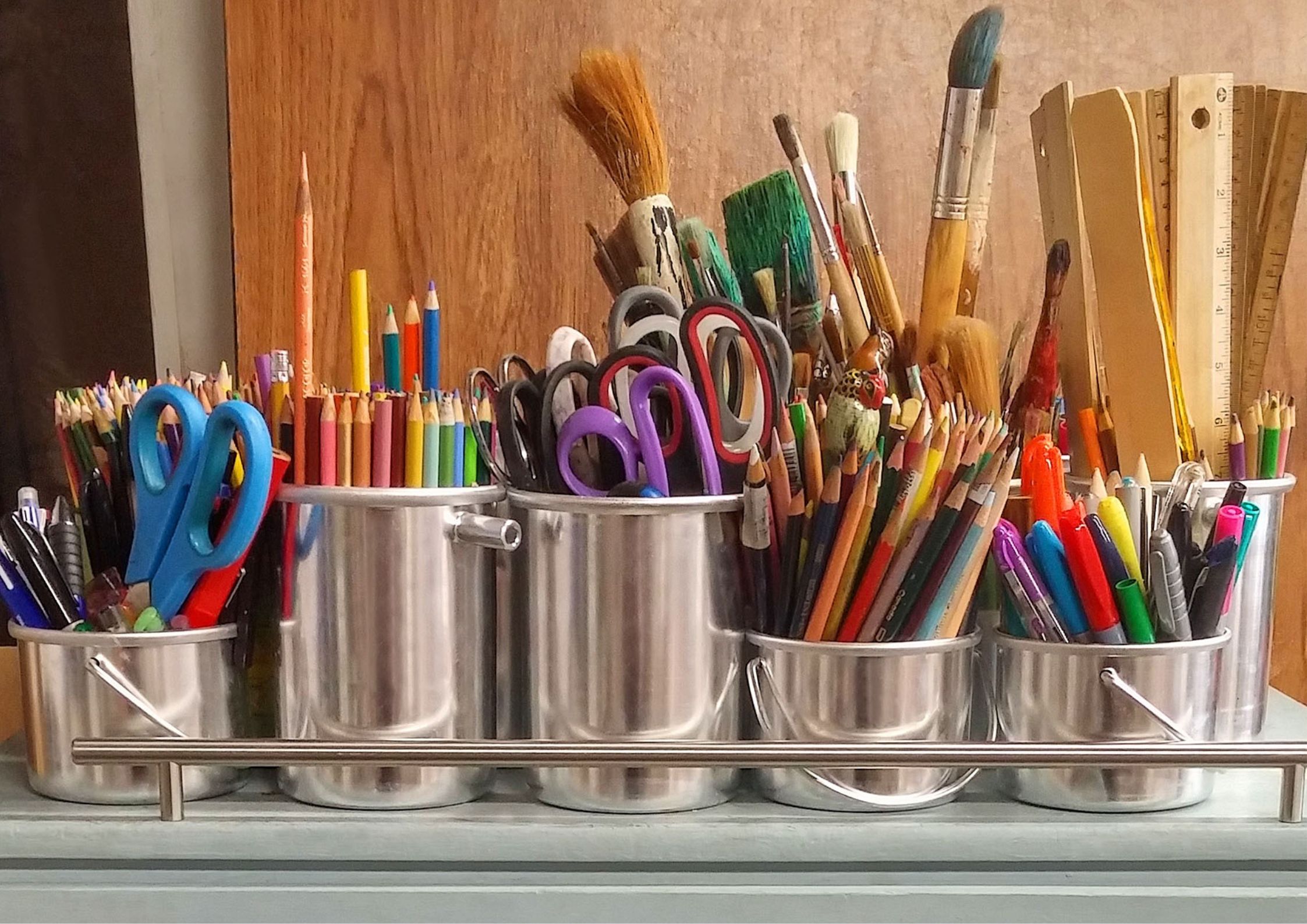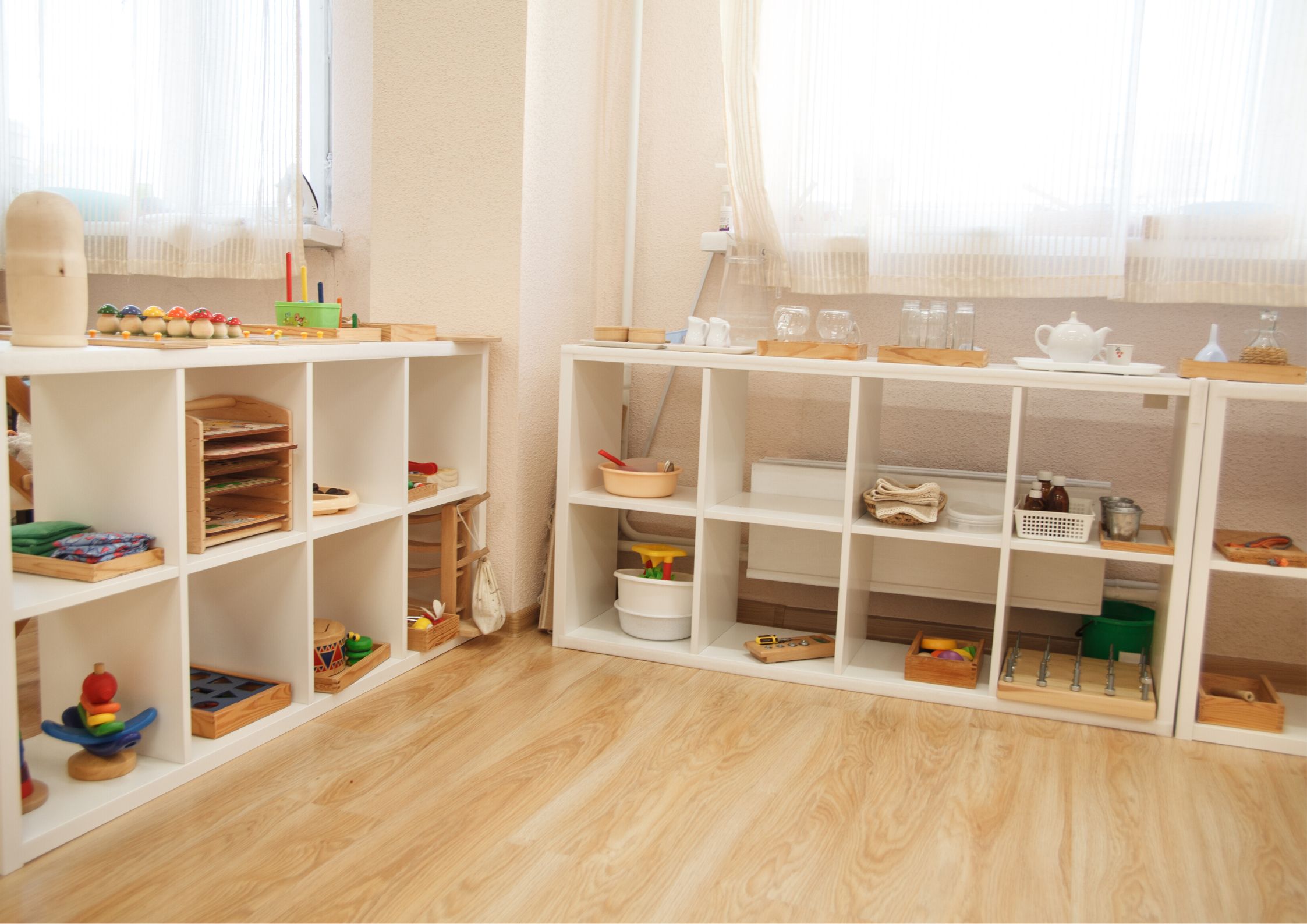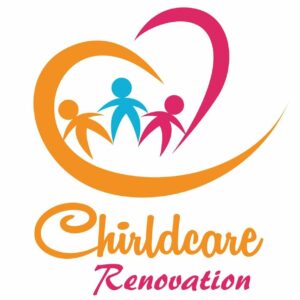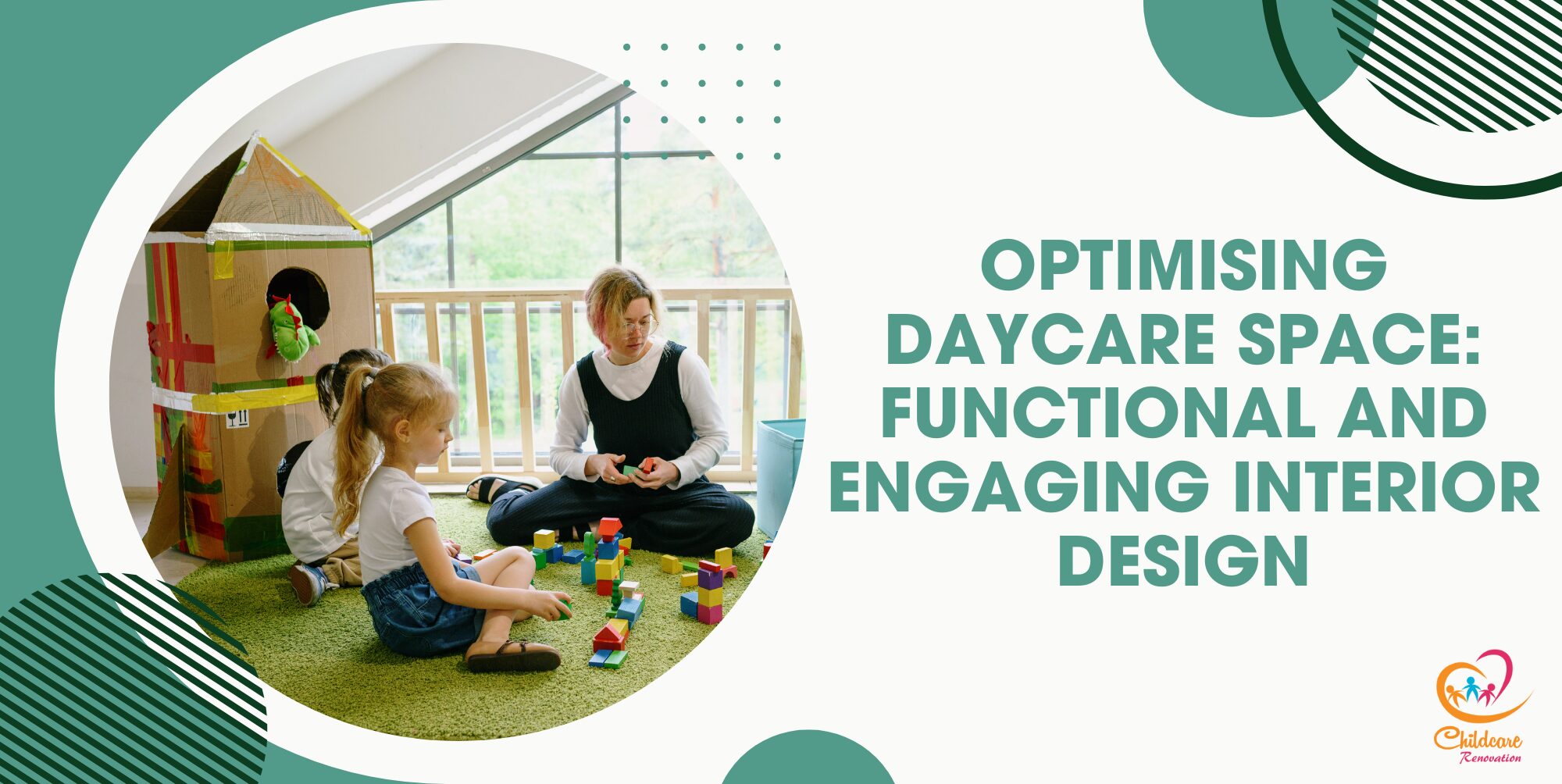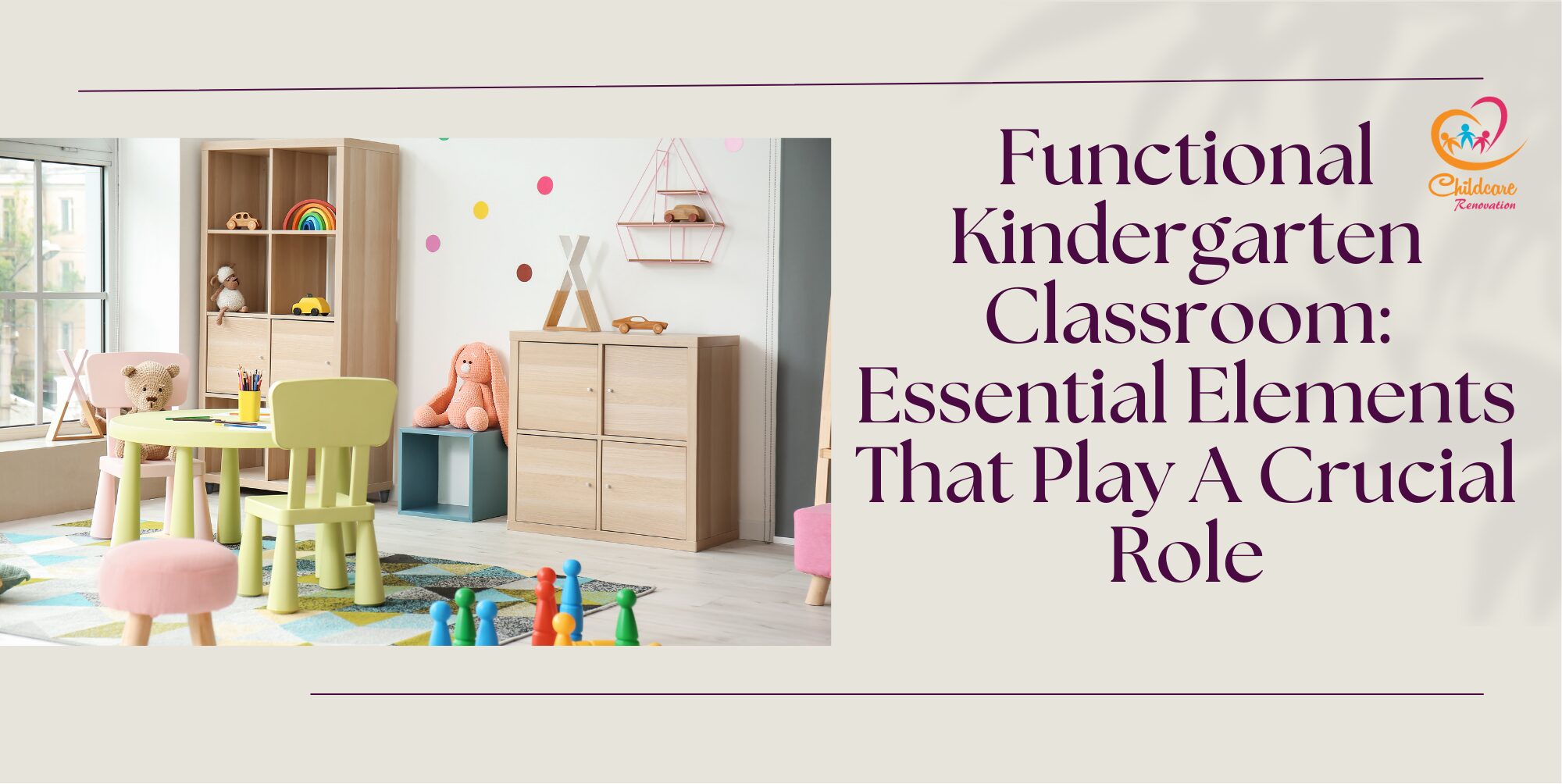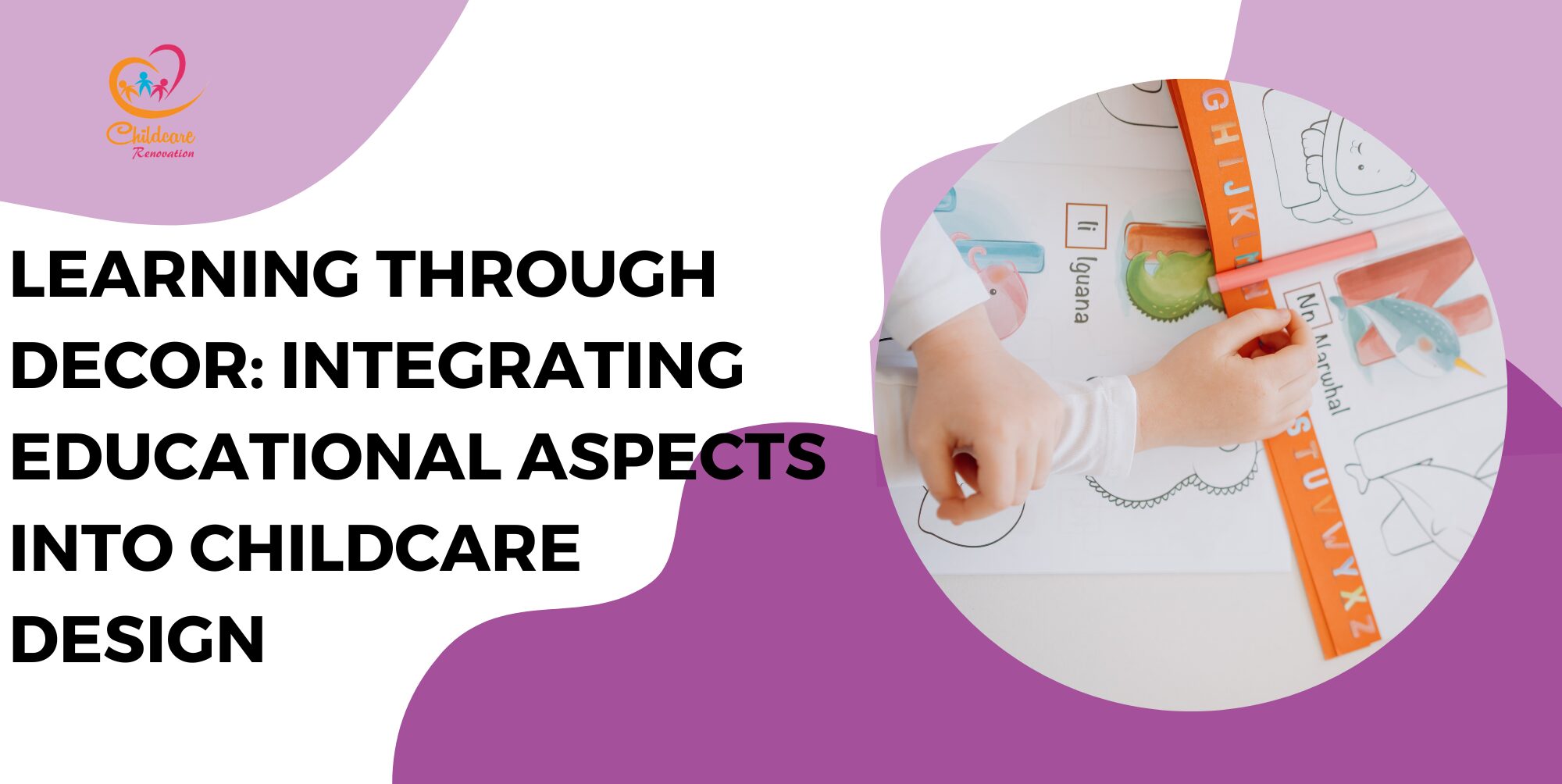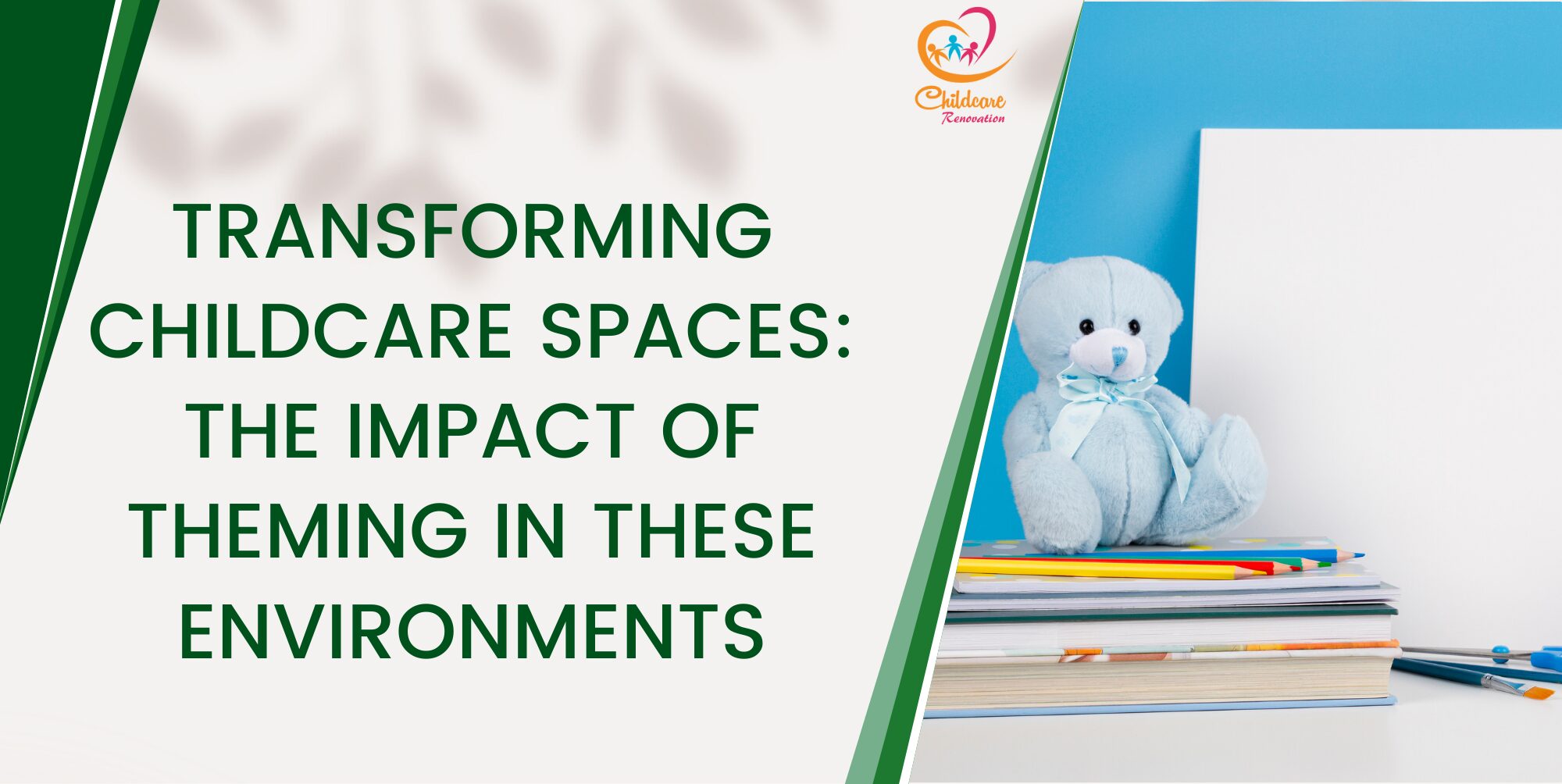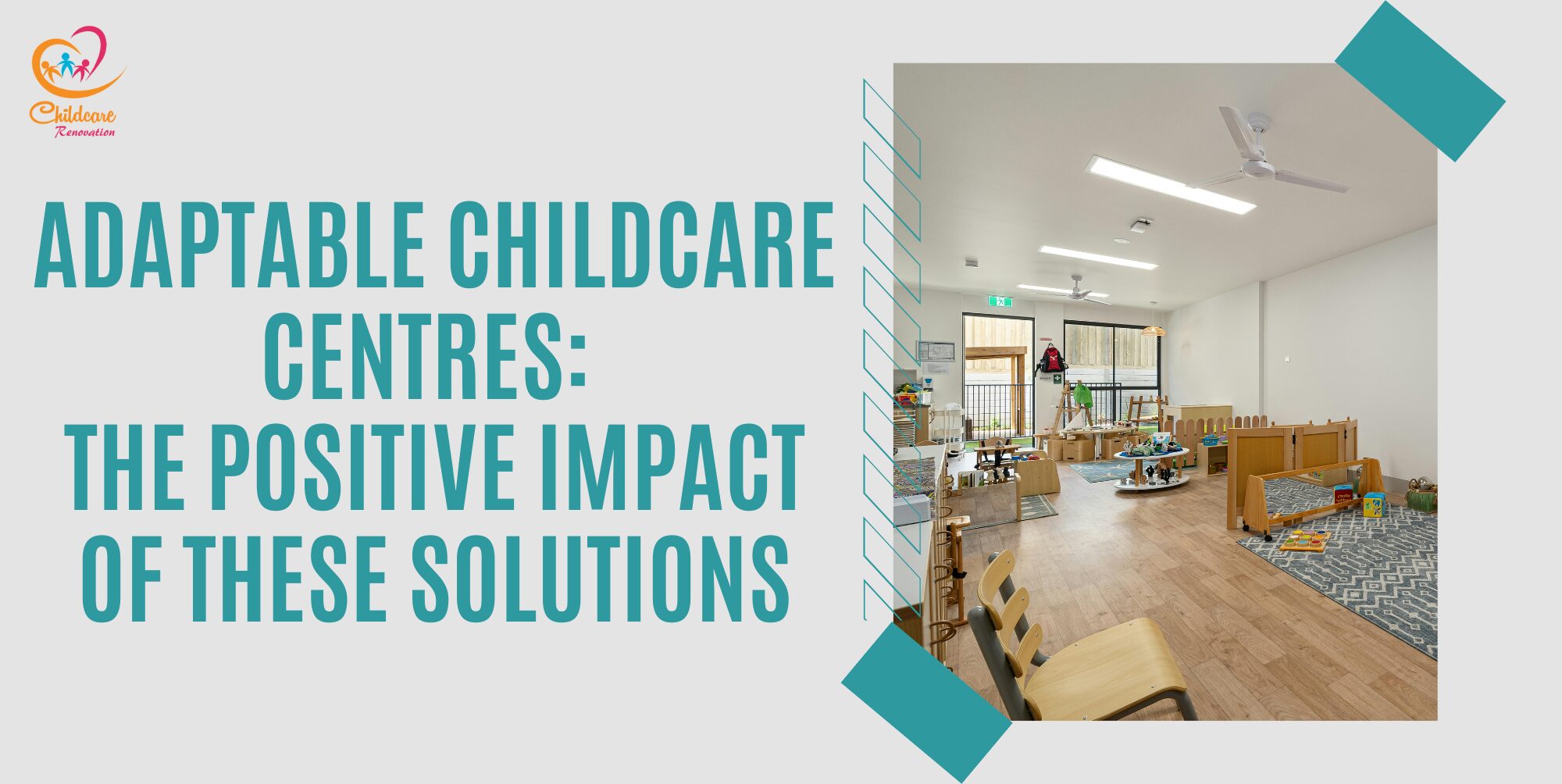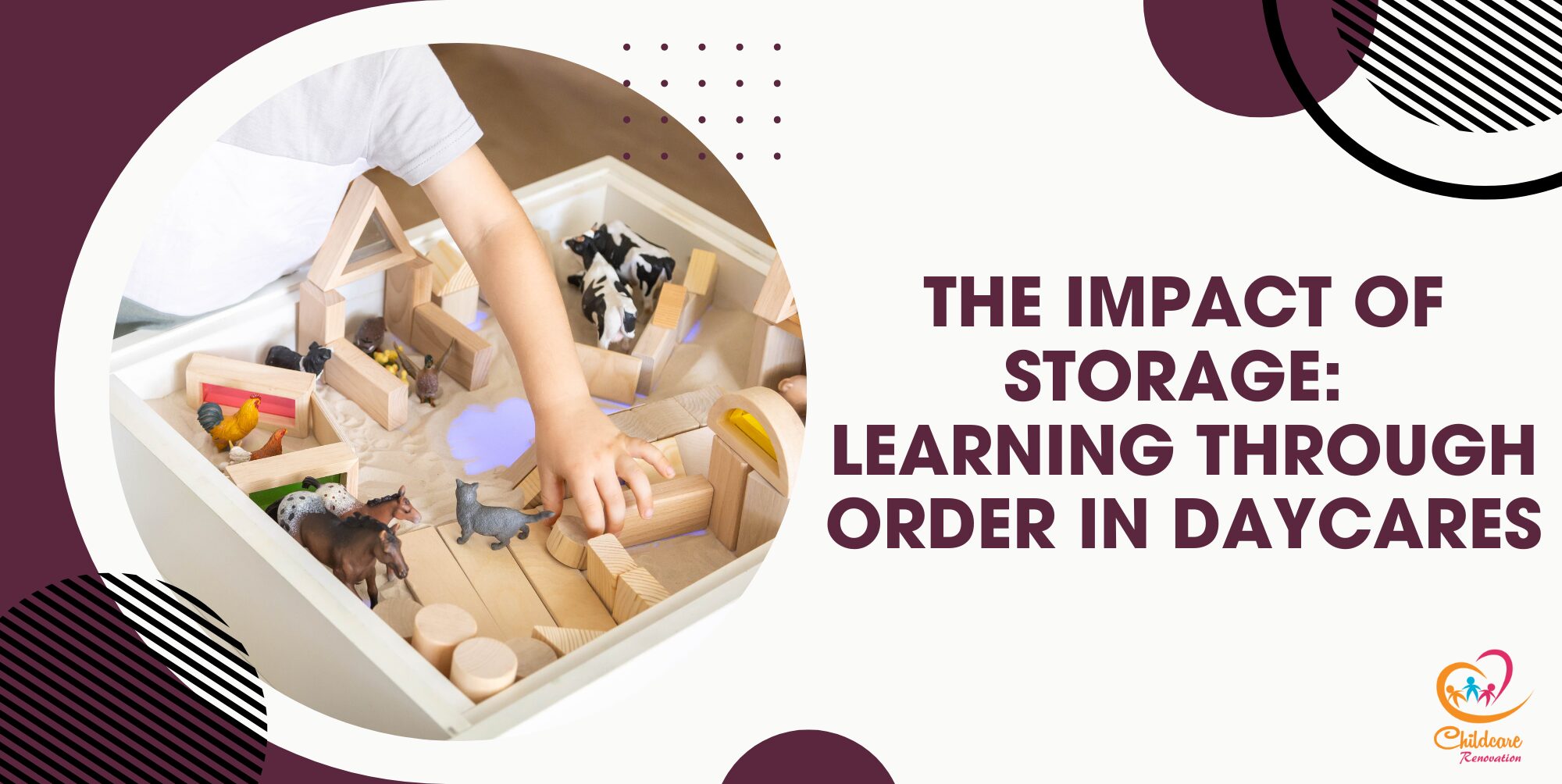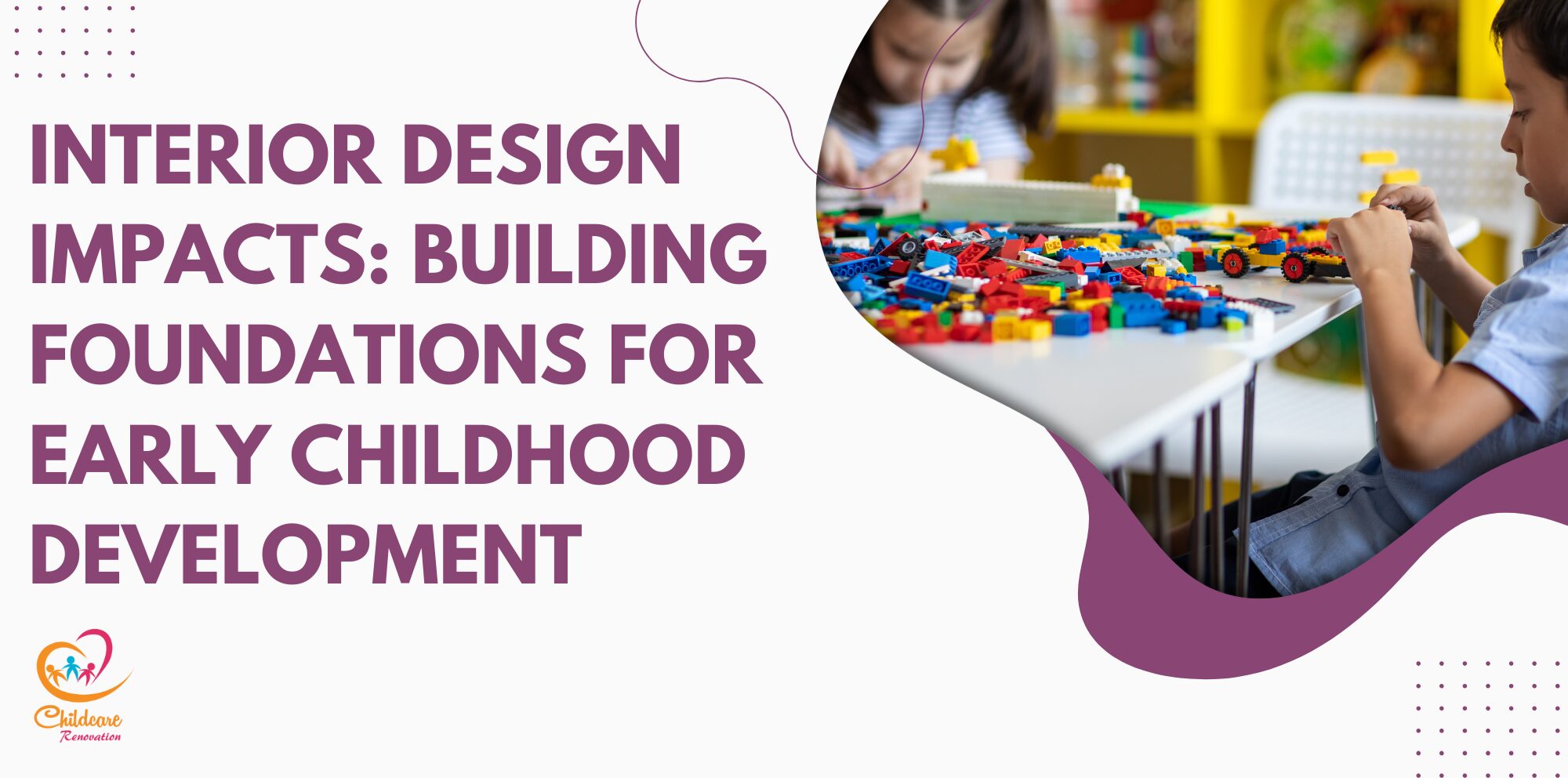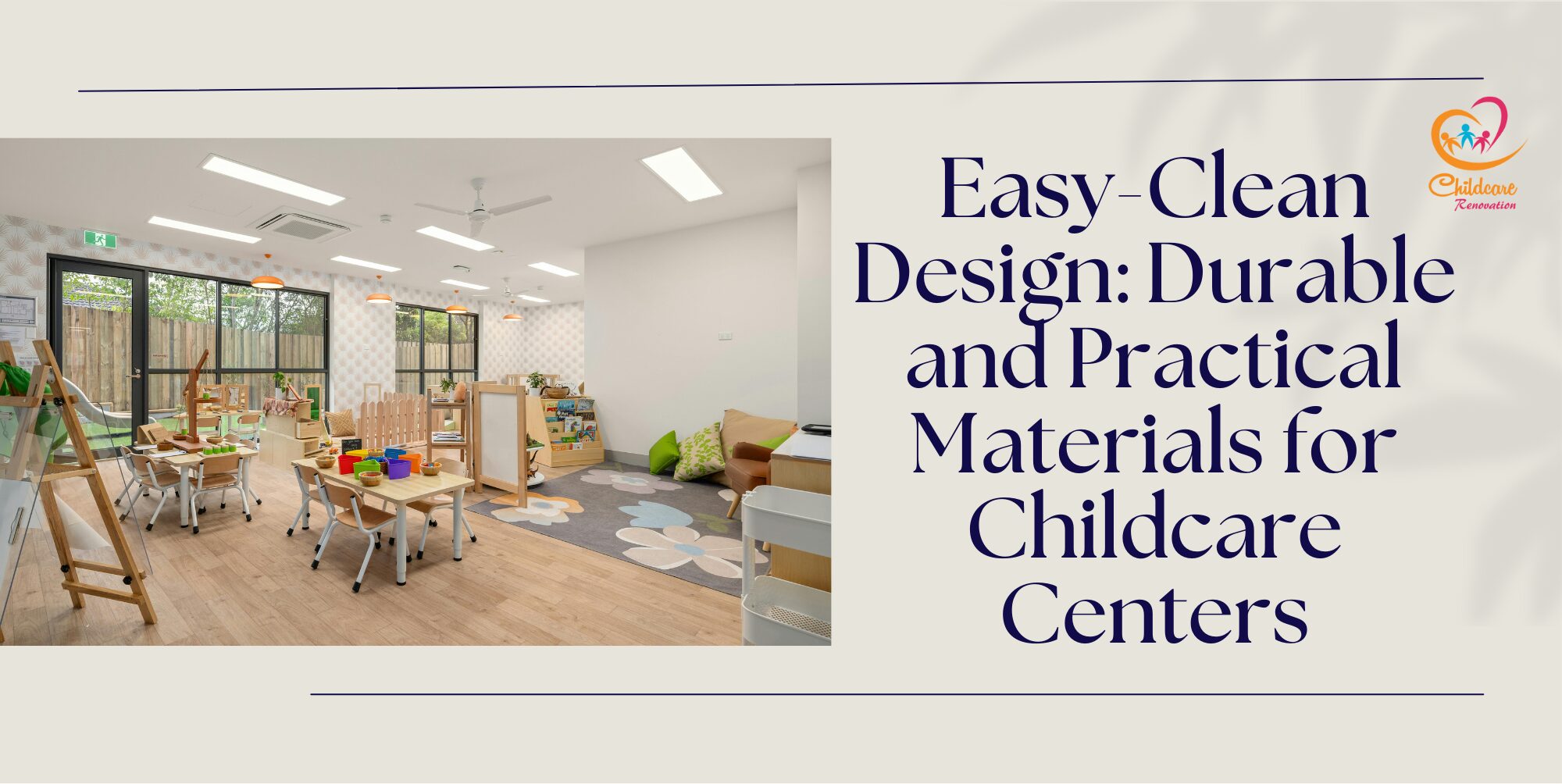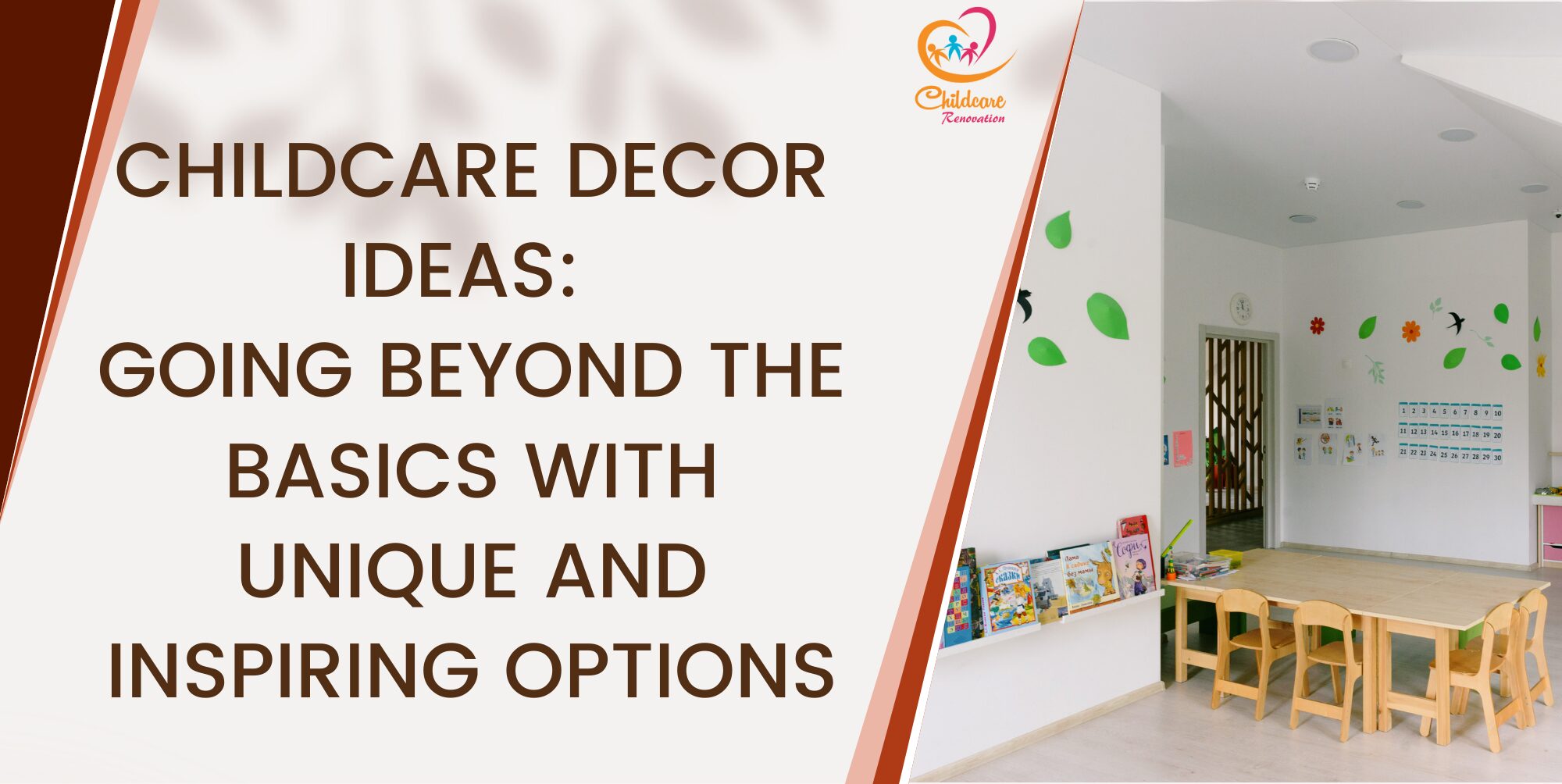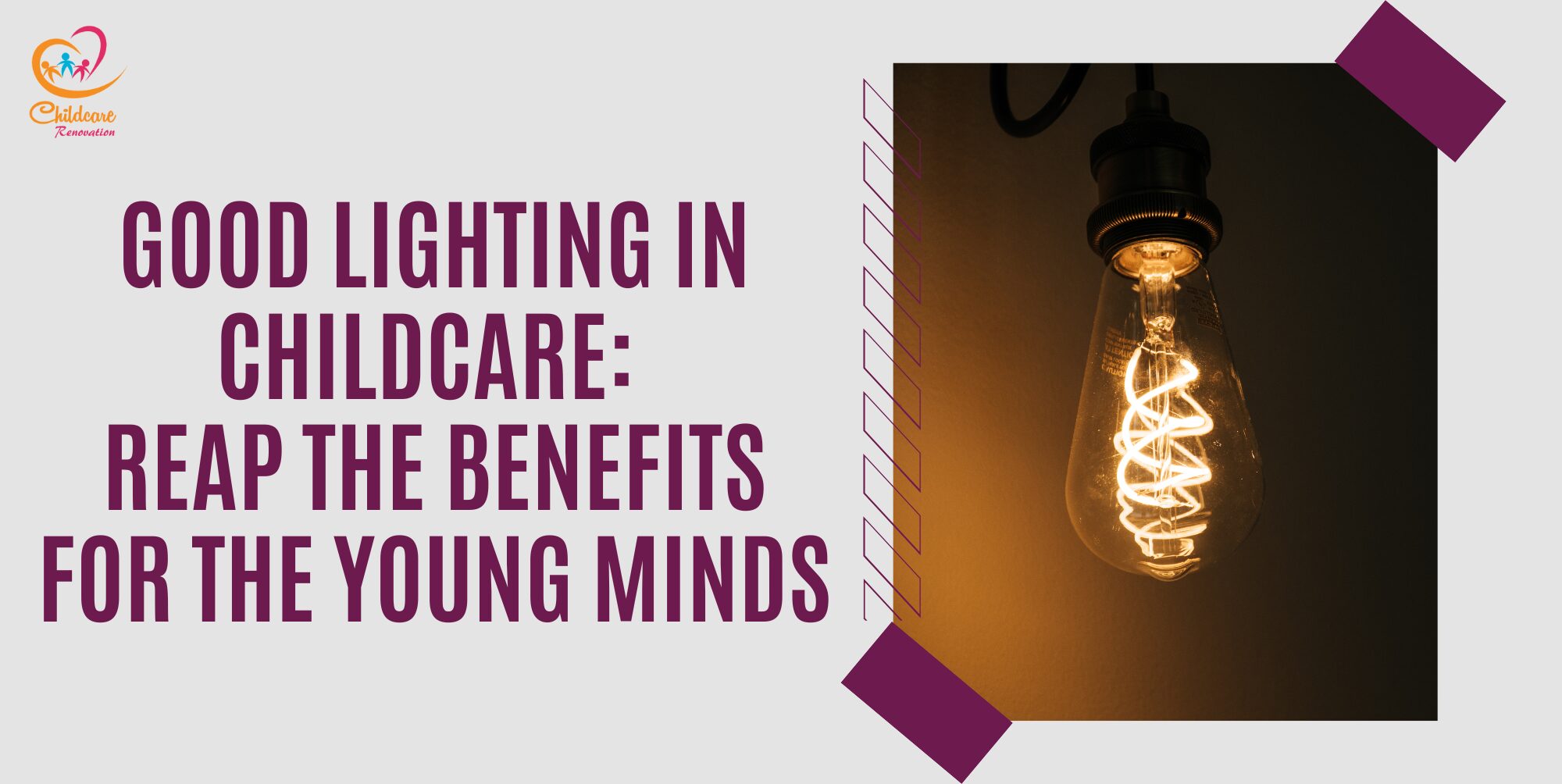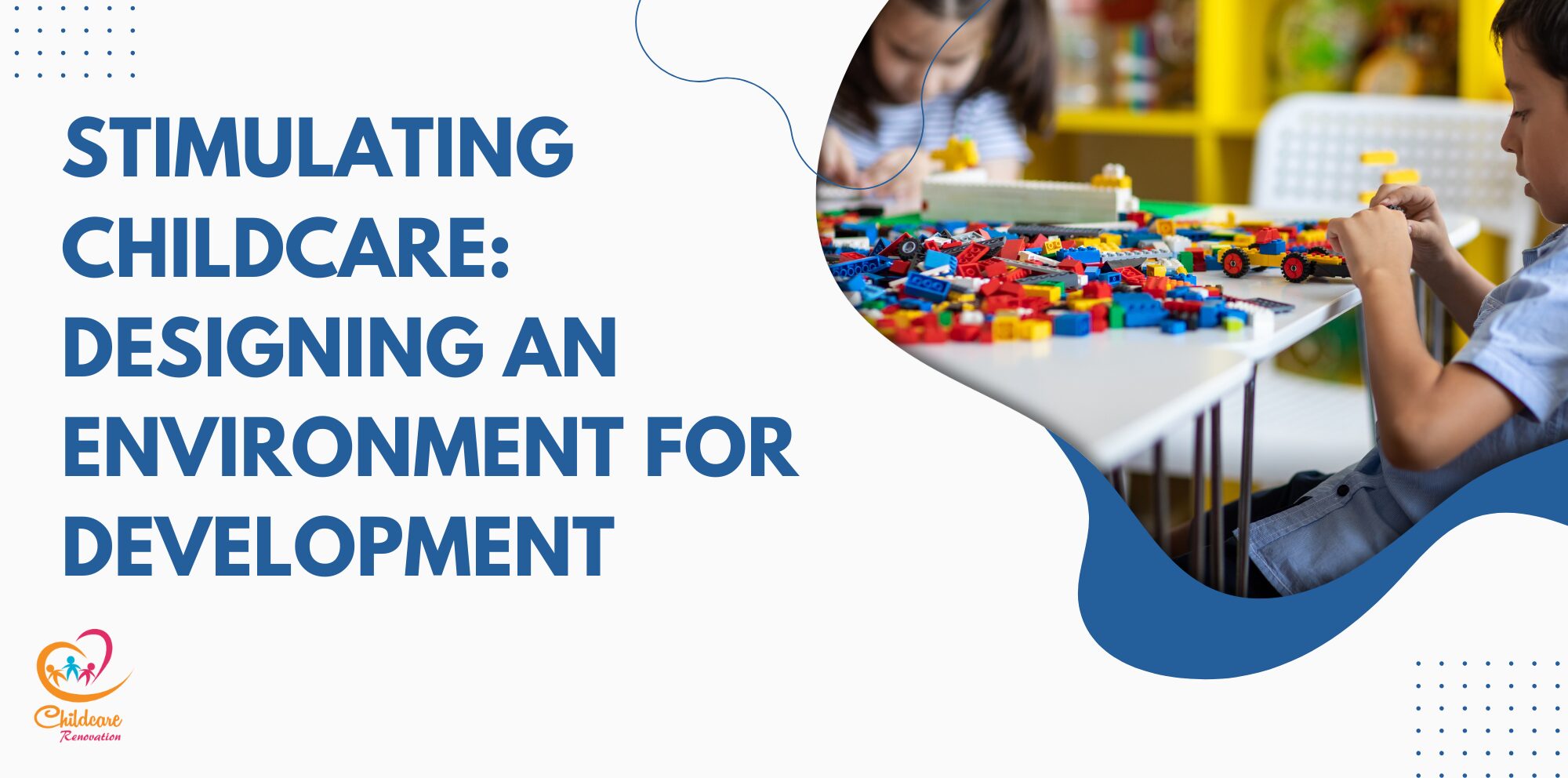Art is a way to express yourself and also enhance creativity in you. It can be a great learning experience and should start from young. Building a childcare art center is a rewarding endeavor that combines early childhood education with creative expression.
Besides allowing children to learn about self-expression and creativity, introducing arts during early childhood can help children to develop fine motor skills and improve their hand-eye coordination. When designing your childcare art center, children should be able to express themselves with the materials available. They should feel confident as they draw their masterpiece.
Establishing a childcare art center requires careful planning and dedication. So, how do you really set up your preschool art center? This article will provide a comprehensive roadmap to help you navigate the process successfully, allowing children to explore their artistic talents while receiving quality care.
Step 1: Size And Area Of Your Childcare Art Center
The size and location of your childcare art center play an important role in shaping the children’s experiences. Creating a large art center might be tempting, but remember that quality trumps quantity. The art center is only one of the learning centers you would establish in your childcare; you want to strike the right balance between capacity and maintaining a nurturing environment.
Also, consider the area where you want to set up the art center in the childcare. It can cause a mess when doing art, especially with water paint. If possible, locate your art center near the sink. It will be convenient for your staff and children to clean up.
Do consider the noise level of your art center. An art center can be noisy or quiet, depending on the lesson. If you have another learning center in your childcare, consider locating the art center next to other spaces that vary in noise level.
Step 2: Layout And Design Of The Childcare Art Center
The layout and design of your art center should be able to nurture creativity, foster learning, and ensure children’s safety and comfort. A well-designed childcare art center can significantly affect how children interact with the space and engage in artistic activities.
Opt for child-centric design elements that resonate with the young children. Bright, vibrant colors, playful patterns, and interactive displays can create an inviting and stimulating atmosphere. Child-sized furniture and fixtures ensure children feel comfortable and confident in their surroundings.
The layout should promote a smooth flow of activities. Avoid congestion points and bottlenecks by strategically positioning your furniture and art materials in your art learning center. Ensure easy accessibility for children and staff, creating a seamless experience for everyone.
As you design the art center, it should be able to inspire creativity. Ensure abundant natural light, ample storage for art supplies, and comfortable workspaces. Create an environment where children can freely explore various art forms and express themselves without limitation.
Consider incorporating display areas where you can showcase children’s artwork. It can help children to feel a sense of achievement and contribute to the artistic ambiance of the childcare.
Step 3: Age-Appropriate Furniture And Materials
When creating an art learning center, you need to carefully choose the furniture and equipment you provide. You need to choose age-appropriate furniture and materials as they can enhance the children’s comfort and promote safety, engagement, and overall positive experiences within the center.
Different age groups have varying needs and developmental stages. Opt for furniture and equipment that are specifically designed for each group. For instance, toddlers require lower tables and chairs that they can easily reach, while older children might need more standard-sized furniture.
Equip your art learning center with child-friendly art equipment and tools. Child-safe scissors, easy-to-grip paintbrushes, and age-appropriate scissors empower children to explore their artistic interests without frustration.
Step 4: Art Supplies And Materials For The Childcare Art Center
Equipping your childcare art center with a wide range of art supplies and materials is important. A well-equipped art learning center allows children to explore their creativity. The art supplies and materials you offer can make a significant difference in fostering artistic expression and imagination.
Stock your art center with various art supplies. You can include crayons, markers, colored pencils, watercolors, and paints. Also, provide unconventional materials like fabrics and recycled items, encouraging children to experiment with various textures.
The quality of the art supplies and materials matters too. You may need to pay higher price for higher quality, but they offer better results and a more satisfying experience for children. With a better final output, it can boost the confidence of the children in their artistic abilities.
Allow children to have a say as they are drawing by offering choices. Presenting a range of supplies and letting children select their favorites promotes autonomy and ownership over their artwork.
Step 5: Storage Solutions For The Childcare Art Center
An organized and efficient storage system is the backbone of a well-functioning art learning center. Implementing effective storage solutions keeps the environment tidy and empowers children to access materials independently, fostering a sense of responsibility.
Ensure the storage solutions are within children’s reach. Low shelves, cubbies, and accessible drawers allow children to independently take and return the materials. It promotes a sense of responsibility.
Organize art supplies into categories and allocate dedicated storage space for each. Use labeled bins, containers, and shelves to keep materials separated and easily identifiable. It helps children and staff to find and keep the supplies easily.
Consider using mobile storage units with wheels. Mobile storage provides the flexibility to move supplies to different areas of the center as needed, allowing you to adapt the environment for various art projects and activities.
You can combine open shelves and closed cabinets for a balanced storage solution. Open shelves are suitable for frequently used items, while closed cabinets can hold larger or less commonly used materials, maintaining an organized appearance.
Also, maintain your storage spaces regularly to prevent clutter and ensure everything has its designated place. It keeps your art learning center neater and efficiently retrieves materials.
Speak with The Experts
Planning to get started at your kindergarten but have no idea about it?
Childcare Center Renovation Singapore is a reliable company for renovation and interior design. They have about ten years of experience in this field and have a good reputation among customers.
Call us now to get your desired kindergarten design ideas now!

